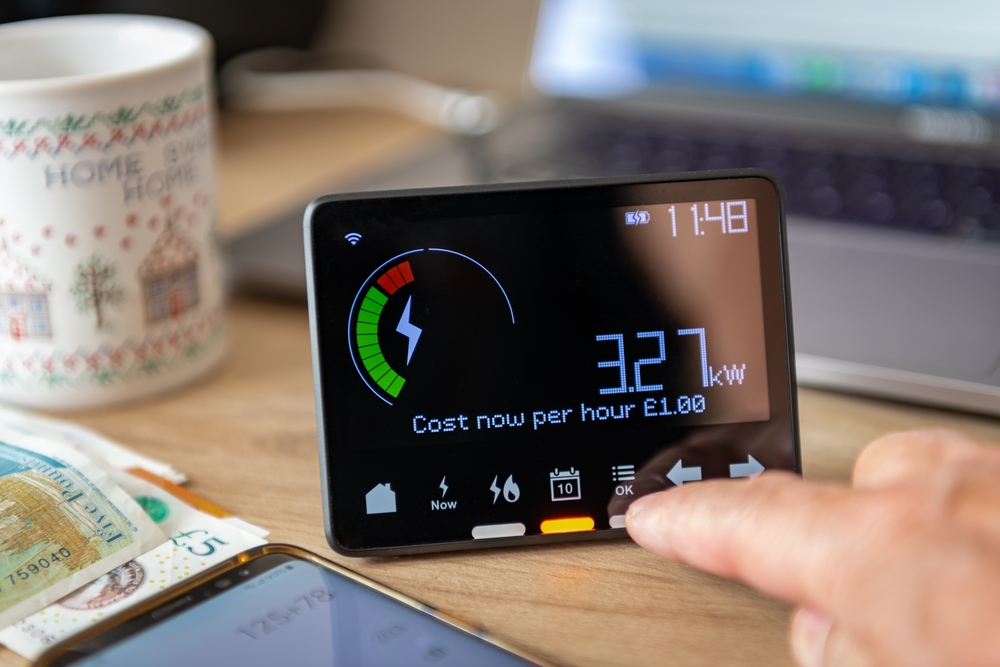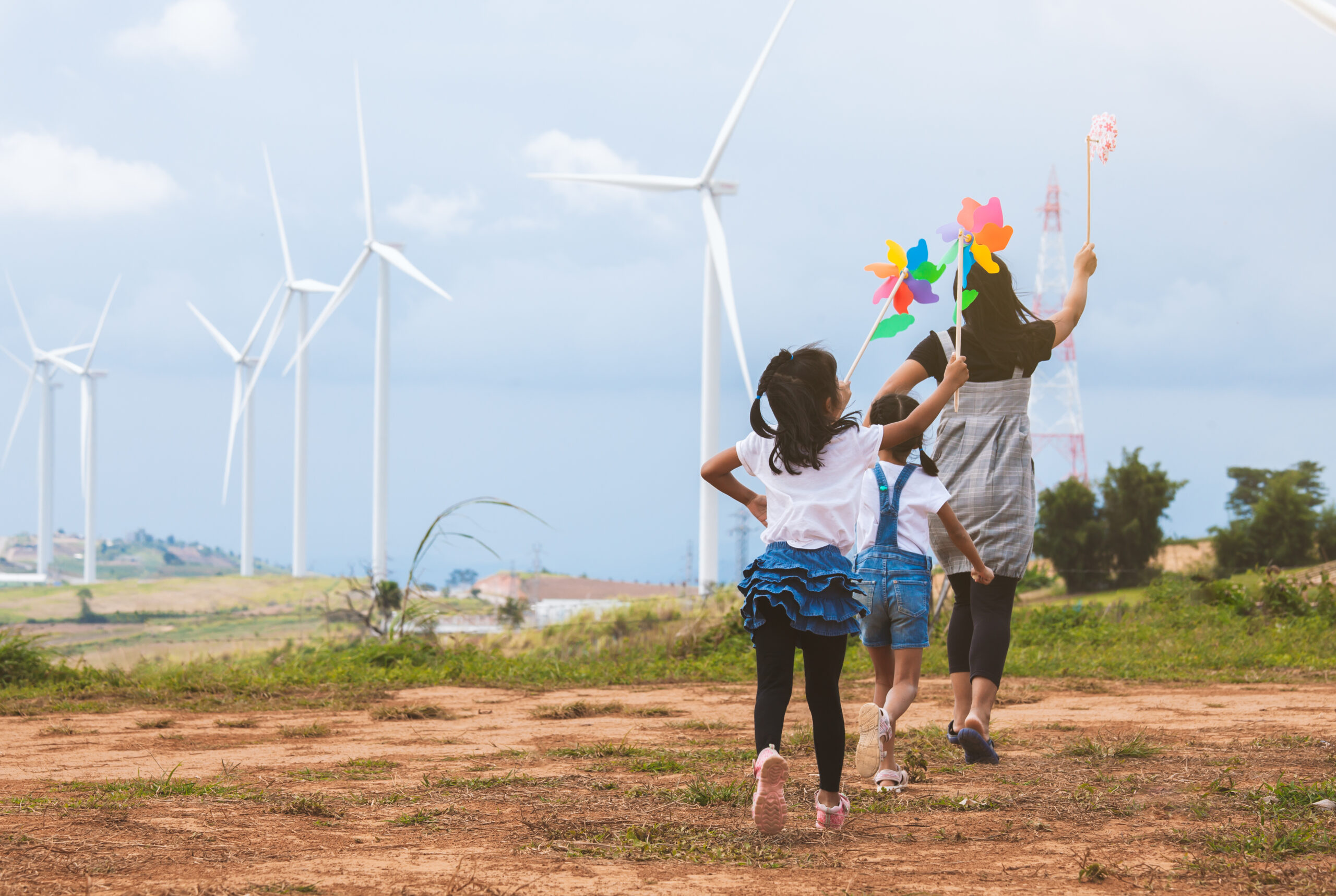As the artic blast moves down throughout northern Europe and negative overnight temperatures are expected throughout the UK, including London. The UK’s National Grid, our AEMO, has activated the Energy Blackout scheme.
This was introduced in 2022 during the height of the Russia / Ukraine conflict and the idea was to allow demand side response from domestic participants who have smart meters installed in their properties. Once you have signed up, and 1.6 million households were in the first wave of signups, you receive a notification that states a date and time for the event which will be under the scheme – currently this tends to be around the peak of 17:00 – 18:30 on evenings. Participation provides a buffer for the grid in terms of capacity.
This doesn’t mean those household have to return to the dark ages with candles, you can keep lighting on, but you are encouraged to reduce high demand intensive loads such as washing machines which use high quantities of energy.
In the northern winter 2022 / 2023 period the scheme was so successful it was estimated by the Centre for Net Zero and the National Grid that 3.3GWh of power and 681 tonnes of CO2 were avoided over the 22 activations. Your retailer assesses your average use and the use over the “blackout period” and you are rewarded with a reduction in your bills for the energy not consumed.
Payments totalled £11m, or $21mAUD with one SME business saving $1,726 or $3,298AUD in one event and the average household will save around £100, $191AUD in total.
So, can the Australian grid benefit from these types of events? The answer is an an-doubtable yes, however with reports stating that outside of Victoria uptake of smart meters is at the 30-35% level, which is significantly below the AEMCs target for 100% upgrade by 2030 and a compulsory roll out to begin in 2025 being pushed at the moment, the likely introduction of these schemes is significantly behind those of the UK.
However, with increasing UFE charges, increasing home regulation systems, solar and batteries, and smart appliances the change could come from within consumers rather than via regulation. This would present challenges for retailers though, the traditional view of peak, off-peak and shoulder would need to have a dynamic element to allow these homes and businesses to take advantage of their flexibility and Time Of Use tariffs will need significant refinement.
From a regulatory point of view, ensuring customer protections over those periods are kept, that the metering is fair and that they are fully aware of their responsibilities will no doubt cause some further concerns and delays, yet with numbers like 3.3GWh, $21mAUD and customer engagement on the table this can’t be an idea only for long.

